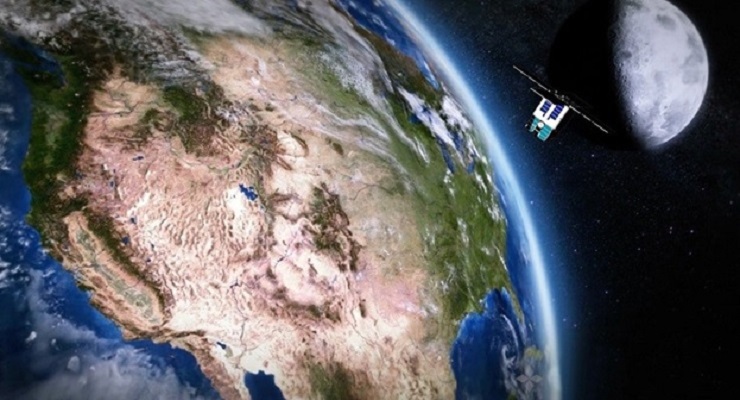
An experimental atomic clock managed by NASA’s Jet Propulsion Laboratory and currently orbiting Earth has set a new record for accuracy, helping pave the way for more accurate GPS signals on the ground, as well as improved autonomous navigation for space probes, the institutions announced Wednesday.
With existing technology, probes venturing deep into the void of space must keep in contact with refrigerator-size atomic clocks at ground stations on Earth in order to keep accurate track of time, down to the nanosecond, which is vital for navigating in space, JPL said in a written statement.
“But for robots on Mars or more distant destinations, waiting for the signals to make the trip can quickly add up to tens of minutes or even hours,” the statement said.
“Known as stability, this feature also impacts the operation of GPS satellites that help people navigate on Earth, so this work also has the potential to increase the autonomy of next-generation GPS spacecraft,” the statement added.
That’s why it would be a major benefit to spacecraft designers to be able to incorporate atomic clocks into their spacecraft with enough accuracy to eliminate the need for timekeeping signals from Earth, according to the agency. New research published in the journal Nature on Wednesday shows the JPL team has made significant progress toward that goal.
“The new study reports that the mission team has set a new record for long-term atomic clock stability in space, reaching more than 10 times the stability of current space-based atomic clocks, including those on GPS satellites,” the statement said.
The space-based clock, which has been in operation on General Atomic’s Orbital Test Bed satellite since summer 2019, was shown to deviate by less than four nanoseconds following more than 20 days of operation.
Each nanosecond, or billionth of a second, counts when traveling vast distances through space or calculating an accurate location on Earth’s surface, according to JPL Atomic Clock Physicist and study co-author Eric Burt.
“As a general rule, an uncertainty of one nanosecond in time corresponds to a distance uncertainty of about one foot,” he explained. “Some GPS clocks must be updated several times a day to maintain this level of stability, and that means GPS is highly dependent on communication with the ground. The Deep Space Atomic Clock pushes this out to a week or more, thus potentially giving an application like GPS much more autonomy.”
A follow-up experiment is already being planned, said JPL Deep Space Atomic Clock Principal Investigator and Project Manager Todd Ely.
The Deep Space Atomic Clock-2 is expected to launch in the coming years along with the Venus Emissivity, Radio Science, InSAR, Topography and Spectroscopy, or VERITAS, mission.
“NASA’s selection of Deep Space Atomic Clock-2 on VERITAS speaks to this technology’s promise,” Ely said. “On VERITAS, we aim to put this next generation space clock through its paces and demonstrate its potential for deep space navigation and science.”


















